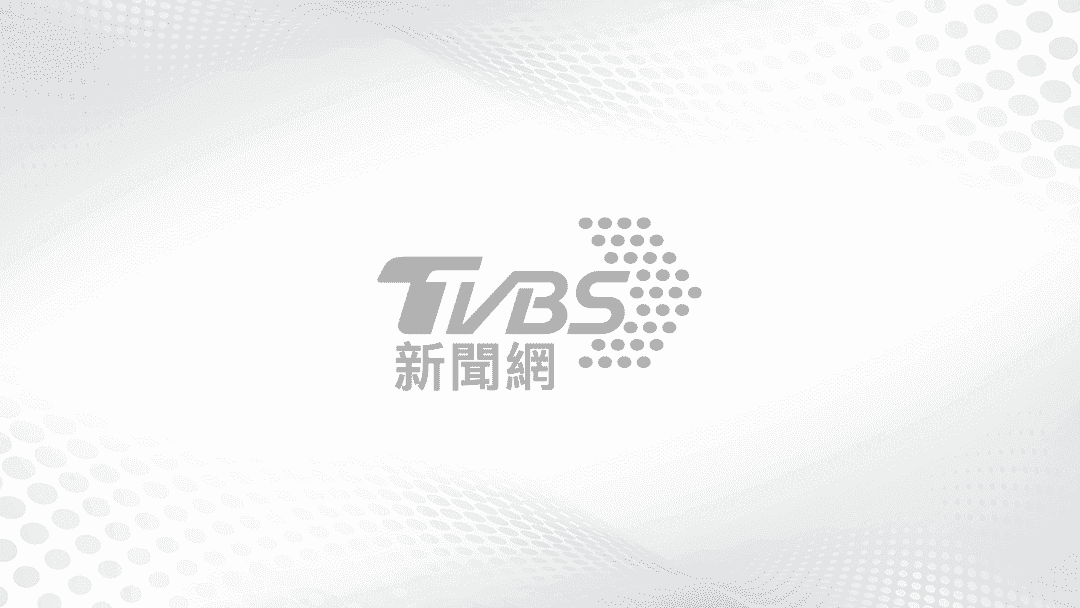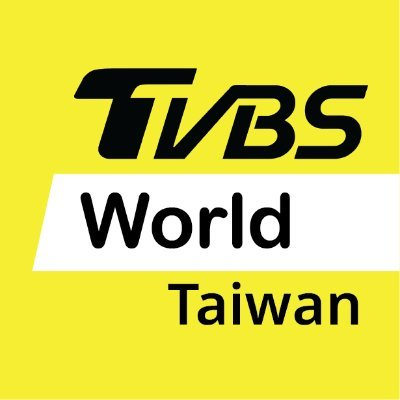TAIPEI (TVBS News) — Analysts at the Chung-Hua Institution for Economic Research (中華經濟研究院) on Monday (Sept. 23) highlighted the challenges and opportunities facing Taiwan's semiconductor industry amid calls for a "Taiwan+1" strategy. This approach aims to expand overseas production bases to mitigate geopolitical risks and strengthen supply chain resilience.
Huang Jen-chih (黃仁志), an analyst at the institution's second research division, emphasized the growing international demand for diversified production bases.
Huang pointed out that Taiwan's semiconductor output value will increase, but market share might decline due to global competition in AI chip manufacturing. He noted that governments don't want to be overly dependent on a single production base, and thus demand for "production base plus 1" is increasing, especially for "Taiwan+1."
On Monday, the institution hosted a seminar on geopolitical issues, government policies, and advanced technology developments. Analysts discussed topics like AI research and semiconductor applications.
Hong Wei-chun (洪尉淳), another analyst, examined Taiwan's strategy in the context of developments in Japan and South Korea. He observed that while the U.S. and China lead in AI development, other countries like Japan, South Korea, Canada, and the U.K. are catching up.
Hong stated that whether Taiwan should propose development paths for specific industries is a direction that can be considered.
With Taiwan's robust semiconductor foundation, analysts believe the nation has a competitive edge in the burgeoning AI market. However, they caution that Taiwan must consider strategic pathways to maintain its leadership in the global semiconductor supply chain.
As Taiwan navigates these challenges, stakeholders will closely watch how the government and industry respond to the evolving international landscape.



